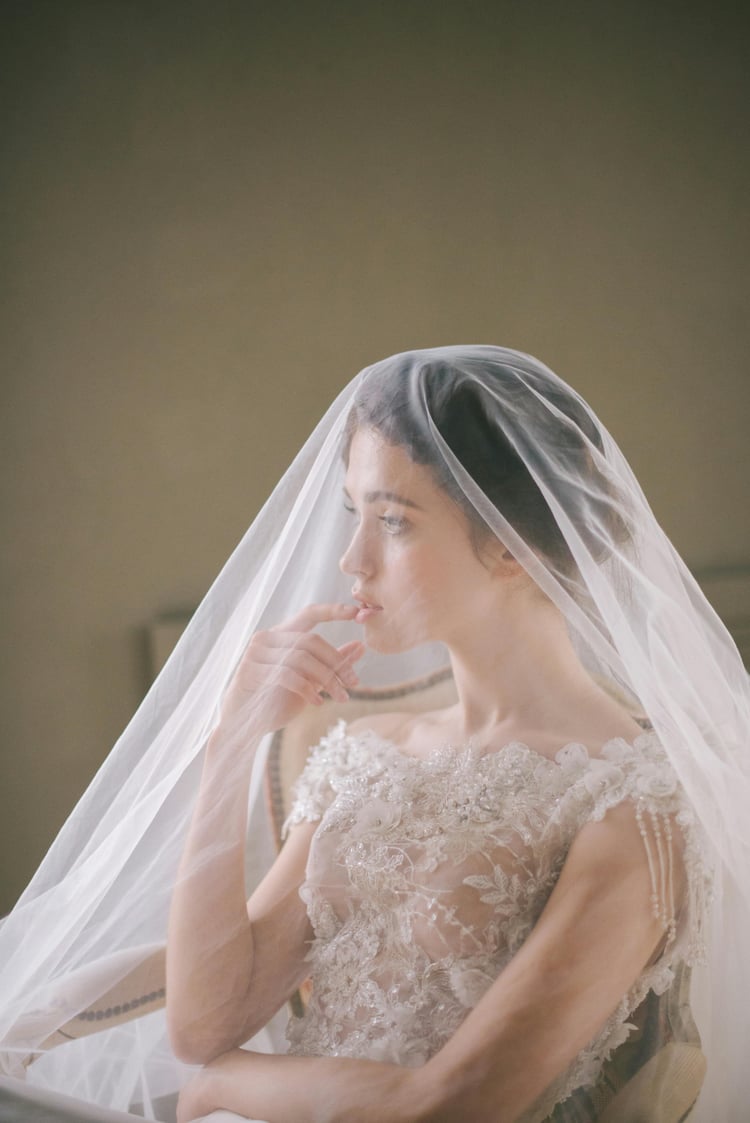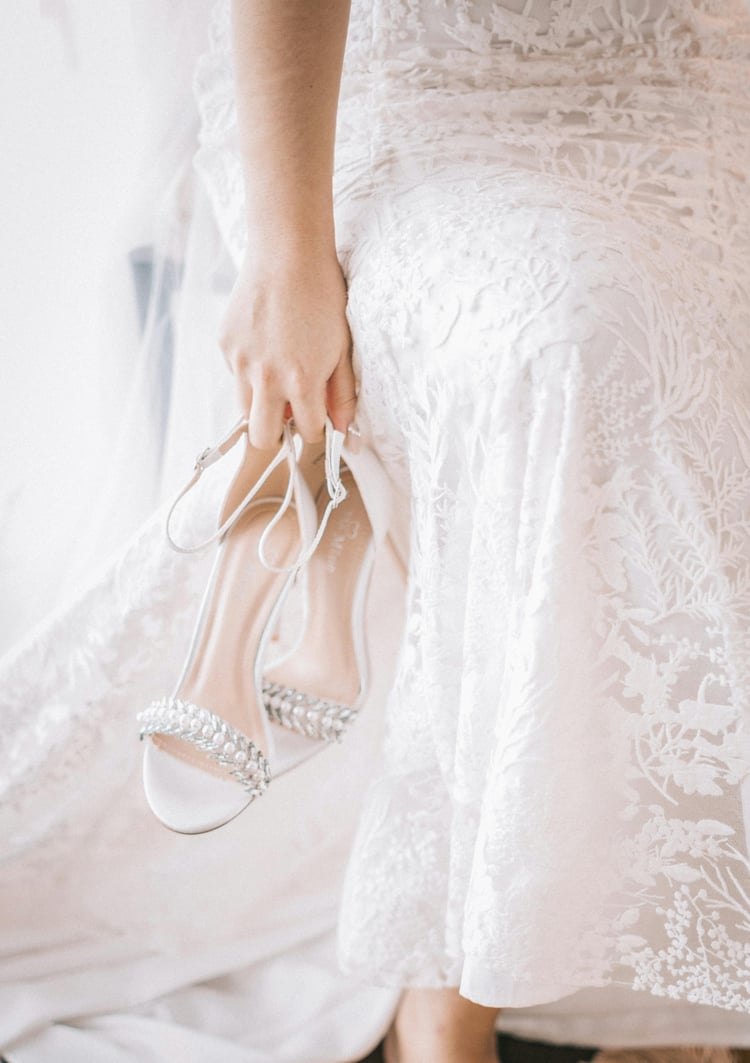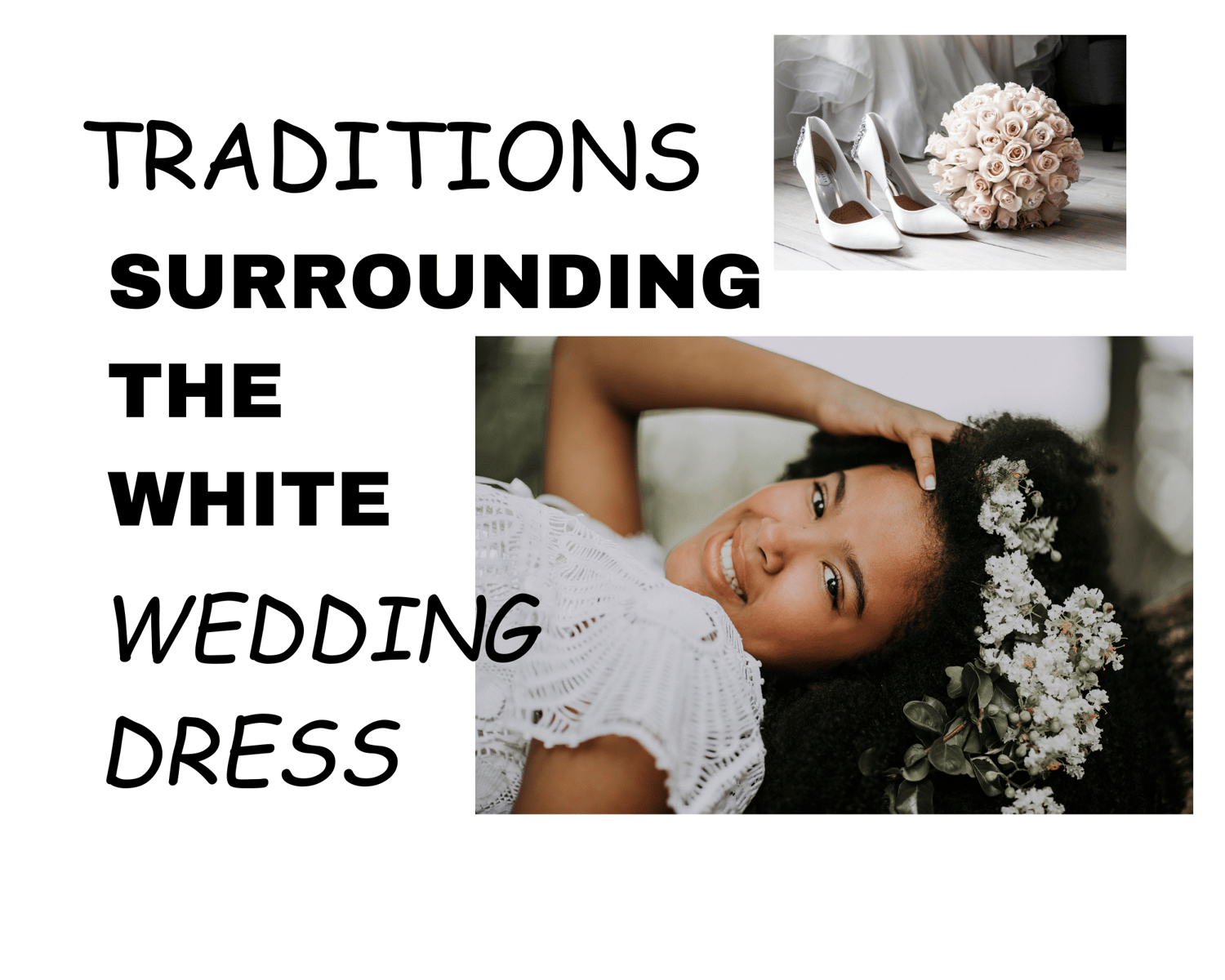A white wedding including a white dress is a staple for every wedding and bride. Brides around the world celebrate the occasion with their traditional attire accompanied with a white dress or infuse their traditional attire with the white gown.
It's not every culture that celebrates a wedding with white, Asians usually go for the red color as it symbolizes, happiness, joy and prosperity but, here are some traditions that surround the wedding dress you probably never knew about:

Why the wedding gown is white:
White wasn't always the most popular choice color for wedding dresses as red was actually the preferable color, until Queen Victoria married Prince Albert in 1840. Most people couldn't afford the expenses of cleaning the white thus; the bride was expected to wear a colorful dress the queen's decision to wear white was met with a-lot of opposition.
White was later portrayed as a symbol of innocence or virginity, through etiquette, western European culture and books, but most historians agree that Queen Victoria was a key influencer to the white in wedding dresses used even till this day.

Why the bride is the only one who wears white:
This also has to do with Queen Victoria; she set a rule that no one else could wear white on her wedding day and this sparked rumors and a culture that spread from Europe's wealthy and became a part of their wedding ritual practices.
The bride wearing white became a distinctive trait in weddings of the upper-class in Europe and United states until the middle class also adopted it.
Why the bouquet is an integral part of the wedding:
In the Middle Ages: the female family, friends and guests at the wedding participated in a tradition of tearing the wedding dress apart. This tradition was thought to favor the bride's fertility, as the torn pieces from the dress were considered good luck charms to ensure the bride would conceive. The bride's used the bouquet to distract these guests from tearing her dress apart.
In addition flowers were not always used on the bouquet, but herbs instead, the herbs were to be consumed by the couple, to also promote the bride's chance of conceiving.

Why the bride wears a wedding veil:
The wearing of the wedding veil is a widely debated topic, but most historians agree the wearing of a veil was to hide the bride's face. The groom was not to know what his wife looked like until the wedding was completed, in case she was ugly and he wanted to return her.

Why the wedding dress is passed down:
A wedding dress is mostly worn once and is high cost of piece of clothing or made from equally expensive fabric or jewelry. Since wearing white was a display of opulence in the Victorian era, only the family's with the ability to keep the dress clean would risk their finances.
This also meant that the dress they invested in had to be of good quality and a worthwhile long term investment, thus mother's would pass the gown down to their daughter's.
Another reason is related to the Something Old poem. The new brides used to wear old under garments belonging to women who had been married and had children before them, to "trick" evil spirits into thinking they were already fertile and eventually this was adapted from underwear to a dress, from mother to daughter.
Apart from the traditions relating to the dress: surrounding the wedding itself there were practices to protect the bride, such as having bridesmaids and the best men (who had to be strong) to defend the finances as well as stop the bride from running away as the bride was most times likely unwilling to marry the groom. (Weddings back then, used to be a larger business transaction.)
These unique practices have become vital for every bride and groom, yet they had some superstitions and savage historical practices attached to them. Do you think it is still necessary to follow wedding traditions at weddings, let us know in the comments?


